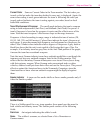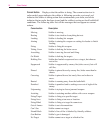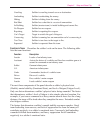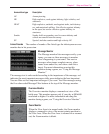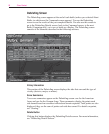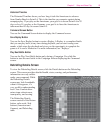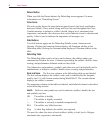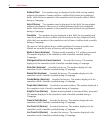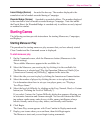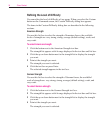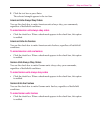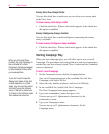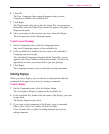
30
Close Combat
Return Button
When you click the Return button, the Debriefing screen appears. For more
information, see “Debriefing Screen.”
Color Scale
The color scales shows the range between good (green), bad (red), and dead or
destroyed (black). These colors, along with text, are used throughout the Close
Combat monitors to indicate a soldier’s health, fatigue level, emotional state,
experience, and morale; the colors are also used to indicate a team’s cohesion and
quality. Color is used to indicate the importance of messages, too.
Side Buttons
Two Side buttons appear on the Debriefing Details screen: American and
German. Clicking the American button displays all American soldiers in the
Debriefing table; clicking the German button displays all German soldiers in the
table.
Debriefing Table
The Debriefing table consists of rows and columns; the soldiers under your
command are listed in the rows. Columns representing the soldier’s health, status,
scoring, and performance delineate each row into fields.
Text (characters and numbers), symbols, and colors are used, individually and in
combinations, to indicate a soldier’s health, status, scoring, and performance.
Rank and Name
The first two columns in the Debriefing table are not labeled.
The first column displays the soldier’s rank; rank is indicated by the insignias
used by the U.S. and German armies during World War II. The second column
displays the soldier’s surname.
The remaining columns in the table are labeled; each labeled column is described
in the following sections.
Health
Both text and symbols are used to indicate a soldier’s health; the text
and symbols used are:
OK The soldier is healthy.
+ The soldier is slightly wounded.
++ The soldier is seriously wounded (incapacitated).
KIA The soldier was killed in action.
Flag A white flag indicates the soldier was captured.
The next five show the status of each soldier’s ability to lead, level of fatigue,
emotional state, experience, and morale.




